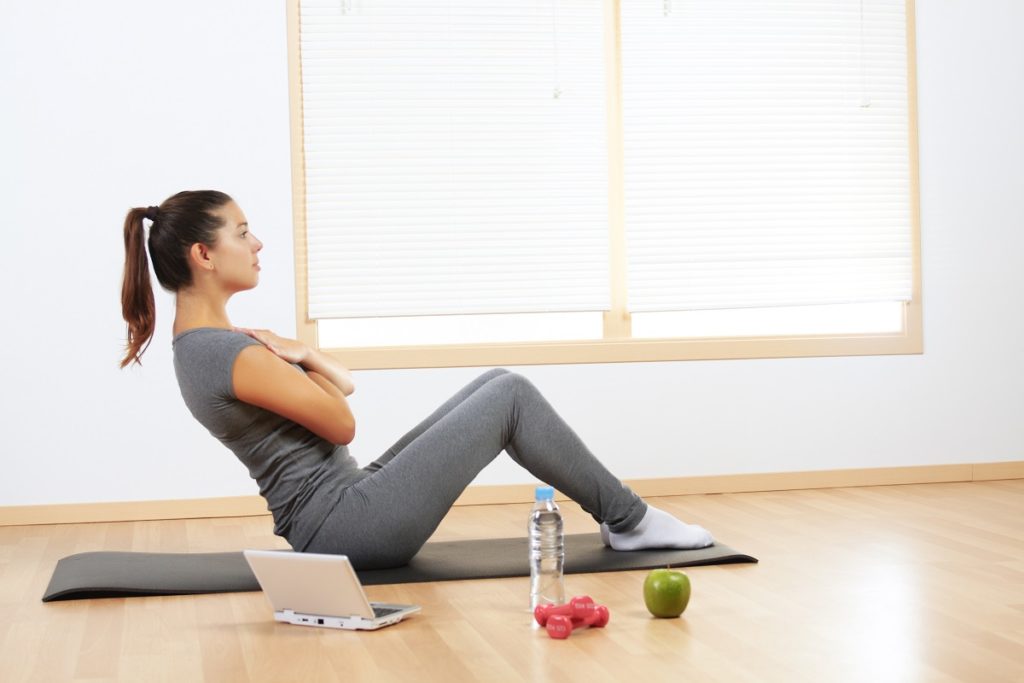During the pandemic, most people have become desk-bound in their own homes. Working from home means they no longer have to go out and drive or commute to work.
In a 2018 survey, 25 percent of the respondents said they sit for more than eight hours a day. Meanwhile, 44 percent said they lived a sedentary lifestyle. This data was published years ago. It can only be assumed that the number of people who sit for long periods each day has increased. This is especially the case during a global pandemic where more people have become physically inactive.
There’s a popular saying that “sitting is the new smoking” because of the similarity between their health impacts. This saying has been debunked several times as smoking is still much more serious than chronic sitting. Still, the negative impacts of constant sitting on one’s health can’t be denied.
Health Impacts of Chronic Sitting
Having a sedentary lifestyle has always been found to be dangerous to one’s health. Chronic sitting is one example of living a sedentary lifestyle. If you sit all the time, your hips and back won’t be able to support you. And this can lead to back pain. Sitting all day also weakens your leg muscles.
Chronic sitting has also been linked to heart disease. Being sedentary increases your risk of cardiovascular diseases and diabetes. This may be due to the weight gain associated with physical inactivity.
Workouts to Offset Chronic Sitting
If you have no choice but to sit for long hours, perhaps due to your job or school, you need to at least offset chronic sitting and reduce your health risks. Daily exercise at home will certainly help. Here are some workouts you can start with:
1. Walk
The simplest thing you can do to counteract your chronic sitting is to walk. You can do this at any time you’re comfortable with, whether in the morning, afternoon, or evening. The minimum number of steps recommended by the CDC is 15,000 steps per week. You can set this as your goal at the beginning so that you don’t overwork yourself. Then as the days and weeks go by, increase your minimum number of steps.
2. Strength Training

If you want something more challenging, you can try strength training. Some routines under it include lifting weights, pull-ups, and crunches, among others. Unlike the other routines, the first one will require equipment. You need weights, and instead of buying, you can improvise and make your own weights using milk jugs filled with water. You’ll also need a pair of weightlifting elbow sleeves to protect your arm muscles.
Strength training has lots of benefits. It can help you lose weight, strengthen your bones and muscles, and improve your flexibility. With strength training, you’ll counter the effects of chronic sitting, such as weight gain and weak muscles.
3. Yoga
Yoga is a very simple workout that anyone can do, even for those who have not done any exercise for a very long time. This exercise also has many benefits.
Although it’s not as intensive as strength training, yoga can also strengthen your muscles and improve your flexibility. One of the most common problems that come with sitting all day is back pain. And yoga is also a great solution to this problem. And as a bonus, yoga can also help you lower your stress levels and help improve your overall mental well-being.
You can try several yoga poses to counter the effects of sitting all day. Start simple by stretching through a standing forward fold, the cat-cow pose, and the downward-facing dog. There are also a good deal of yoga tutorial videos online that you can watch and follow.
5. Cardio Workout
Probably the best thing you can do for an overall workout is to do cardio exercises. Some no-equipment cardio exercises you can start with are jogging in place, jumping jacks, squats, and lunges. If you have stairs at home, you can run up and down a few times. You can also do jump ropes. And if you don’t have a jumping rope, you can use whatever rope you have at home.
Cardio exercises have several benefits. Since they are made to help you burn calories, home cardio workouts will help you lose weight. They can also improve your muscle strength. And if you’re feeling lethargic, doing a few reps of cardio exercise will help you increase your energy and make you more productive.
Sitting too much is bad for your health. So you need to exercise regularly to improve your health and reduce your risk of illnesses associated with chronic sitting.





